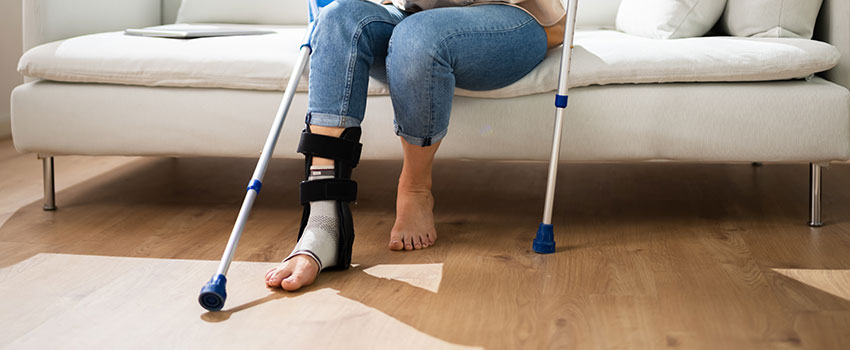What Should I Know About Fractures?

Did you know? Around 2 million fractures happen each year in the United States, which makes this issue one of the most biggest reasons people seek medical care every year.
There are many different types of fractures, but they all need immediate medical care for bones to heal properly. Read on to learn more about them from our AFC Urgent Care Ooltewah team!
What Exactly Is a Fracture?
A fracture is the medical term for a broken bone. When a fracture happens, it’s either classified as open or closed. When a closed (simple) fracture occurs, the bone is broken, but the skin remains unbroken and intact. An open (compound) fracture on the other hand, is when the bone breaks and pokes through and breaks the skin.
There are many other sub-types of fractures, as well, and we’ve listed some of the most common ones below.
Other Types of Fractures
- Complete fractures: The break goes completely through the bone, separating it in two.
- Partial fractures: The break doesn’t go all the way through the bone.
- Stress (hairline) fractures: The bone gets a crack in it, which is sometimes tough to find with imaging.
- Comminuted fracture: The bone shatters into three or more pieces.
- Transverse fracture: A horizontal fracture line appears on the bone.
- Oblique fracture: The bone breaks and causes an angled fracture pattern.
Can Fractures Get Worse?
Yes, they can. For instance, if a stress fracture is left untreated, it can worsen over time and eventually cause the bone to totally break. Complete bone breaks can result in far more pain and require considerably more involved treatments.
Additionally, if you’ve had a more severe fracture, a bone that is not properly treated might lead to a nonunion, meaning that it will continue to be divided and produce swelling, soreness and discomfort that will only become worse with time. The tests we’ve outlined below will give you an accurate diagnosis if you suspect you have a fracture but are unsure.
Tests that Diagnose Fractures
- X-rays: This is the most common way to diagnose a fracture, as this tool produces a two-dimensional picture of the break.
- Bone scan: This type of test is used to find fractures that don’t show up on an X-ray. This scan takes longer—usually two visits four hours apart—but it can help find some fractures.
- CT scan: A CT scan uses computers and X-rays to create detailed slices or cross-sections of the bone.
- MRI: This type of test is most often used to diagnose muscle and tissue-related injuries, but it can also diagnose a stress fracture.
We’re here for you now and always! Don’t hesitate to visit our AFC Urgent Care Ooltewah team today.
